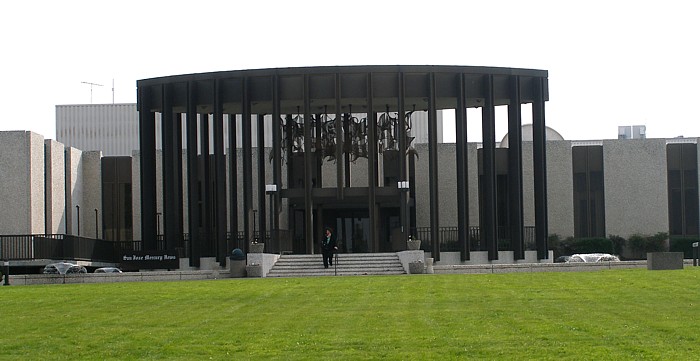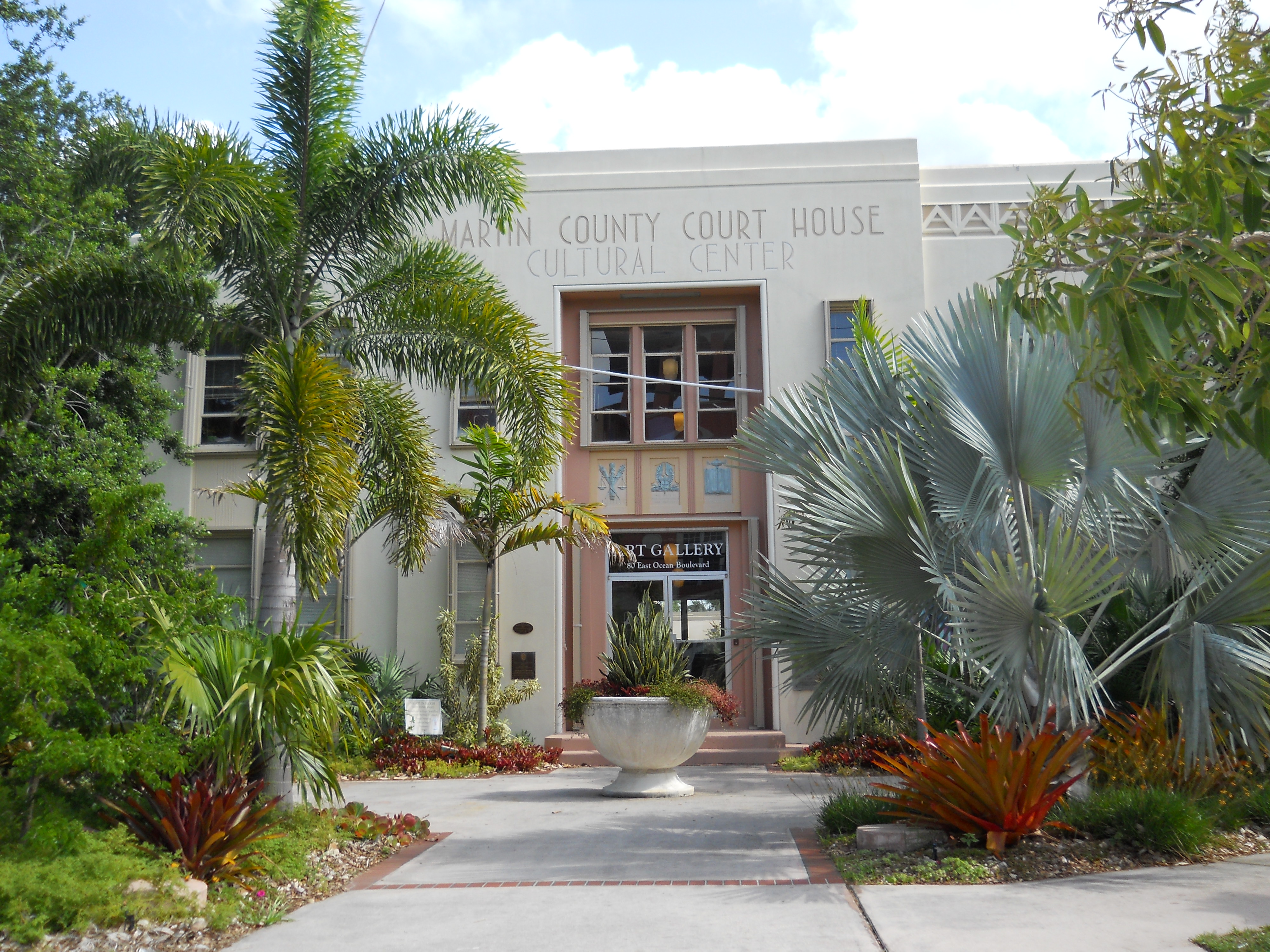
High Performance Diffusers “Clear the Air” at Polluted Courthouse
Reprinted from Indoor Comfort News, April 1995
 To try and solve the problems associated with “Sick Building Syndrome” that plagued the DuPage County Courthouse in Wheaton, Illinois, Warren Technology furnished more than 700 Valid Air® high-performance diffusers to help”clear the air.”
To try and solve the problems associated with “Sick Building Syndrome” that plagued the DuPage County Courthouse in Wheaton, Illinois, Warren Technology furnished more than 700 Valid Air® high-performance diffusers to help”clear the air.”
The DuPage County Judicial Office Facility was designed to encompass four stories and almost 360,000 square feet of space with a staff occupancy level of approximately 700 employees. The building was designed with variable air volume air handling systems to handle each quadrant of the upper floors. Constant-volume air handling systems and combination constant-volume VAV box systems were also utilized in areas within the building.
Almost as soon as the employees moved into the modern $53 million structure, complaints about the indoor air quality were made by almost 400 of the 700 workers. Complaints ranged from headaches, fatigue, skin rashes, watery eyes, and sore throats to nausea and vomiting.
Dr. Robert Brandys, an occupational health expert, was hired by the county to perform an indoor air quality report. Dr. Brandys stated that there were flaws in the design of the ventilation system that kept it from supplying enough fresh air throughout the building. The main problem, according to the doctor, was an inadequate HVAC system. Designed when ASHRAE Standard 62-1981 was still in effect, the system could not adequately ventilate parts of the building to these minimum standards (5 CFM per person of outside air) under certain operating conditions.
County officials then decided to evacuate the building, and relocated more than 700 employees to other county facilities. Up until that time, more than 10,000 employee work hours had already been lost due to the poor indoor air quality problems present at the courthouse.
Dave Grumman, chairman of Grumman Butkus & Assoc., one of the chief engineers involved with the redesign of the HVAC system, was challenged to find a ceiling diffuser that eliminated cold air dumping and downdrafts, offered outstanding air mixing capabilities, and was designed to be aesthetically appealing.
Patented Valid Air® high-performance diffusers were tested in a DuPage county courtroom against other competitive products. Smoke tests and tetracycline tests were conducted to verify performance characteristics. The Valid Air® high-performance diffuser selected as the basis of design to replace all the existing diffusers throughout the courthouse.
Valid Air® high-performance diffusers maximize total room air circulation to improve indoor air quality and provide a draft-free, comfortable indoor environment. Most conventional air diffusers fail to provide sufficient air movement and mixing at all points within a room, thereby degrading room air circulation. As a result, many contaminants accumulate in stagnant air pockets and are not removed by the ventilation and/or filtration equipment.
Valid Air®’s patented high-velocity dimple jets are directed parallel to the ceiling to blend supply air and room air thoroughly before it reaches the occupied space. A multi-directional airflow pattern distributes air evenly throughout the occupied space to provide even temperatures and to eliminate stagnant air pockets where harmful contaminants can accumulate.
Don Shimon, project manager from Climatemp, the mechanical contractor, was pleased with the quality of the product and its reasonable first cost. Head project engineer Dave Grumman stated that, “Warren’s Valid Air® high-performance diffusers were a very cost-effective choice that helped accomplish the goal of better room air circulation within the courthouse.”
Phil Moray, regional manager of Indoor Air Quality Services for Clayton Environmental Consultants, performed indoor air quality studies of the courthouse after all the renovations were completed. Tracer gas studies utilizing the concentration-decay method were performed in seven rooms of the courthouse where the Valid Air® high-performance diffusers were installed. The correlation coefficients obtained by the tests showed that the supply air and room air were well mixed. Nearly all the rooms were tested and reached the maximum correlation coefficient.
Renovations to correct the indoor air quality problem at the courthouse cost more than $3.5 million and took more than a year to complete. Counting legal fees, studies, and other costs, the county spent nearly $6 million fixing the problems.



